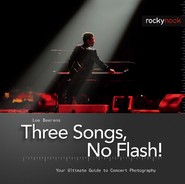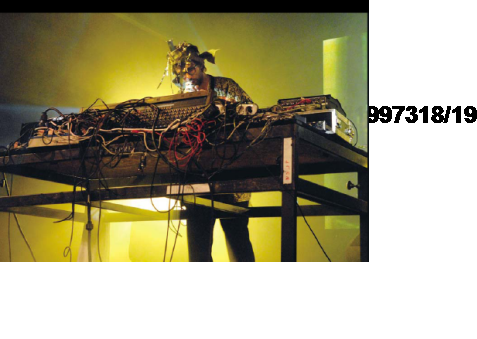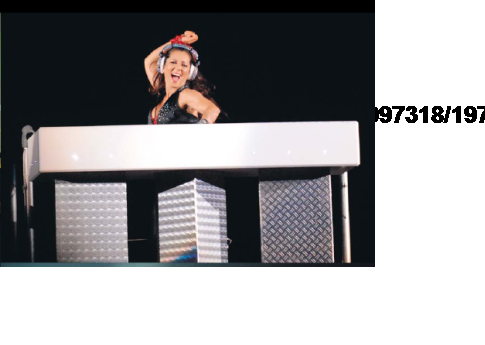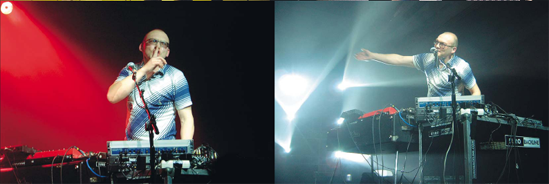A TV studio is a completely different discipline. If you get the opportunity to take photos during the recording of a TV show, always keep in mind that both the artist and you are guests at the studio. Here as well you try to be invisible. You will have to stay behind the TV cameras at all times. If you aren't sure where to stand, ask the floor manager. It always helps when you give people the impression that you don't want to be a nuisance to them. First, observe which way the cameras move so you can stay out of their way. Never stand on the cables on the floor. Check with the sound engineers to make sure the clicking sound of the camera does not interfere with their recording. And never use flash. An advantage with TV recordings, either live or playback, is that the artist is performing for a big audience and will therefore be at his best.




